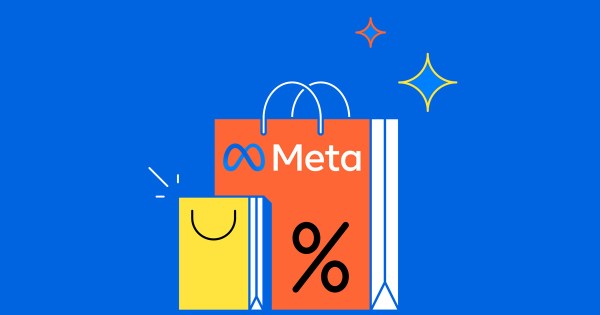
Meta is making a stronger case for retail media dollars as it faces competition from other social platforms, connected TV players, and demand-side platforms. And with retail media ad spend expected to hit $62 billion this year, according to Emarketer, the stakes are high.
The tech giant has been quietly adding new tools, updating old ones, and sharing more data with retailers in the last year, eight retail media sources told ADWEEK.
Here are three key ways that Meta is upping its pitch for retail media dollars.
1. An API for marketplaces
Meta first released its marketplace API, part of what it calls “managed partner ads,” in 2021. The tool allows an ecommerce business to run product ads on Meta that funnel attribution data back to both the ecommerce platform and the product’s seller, sources said.
Initially, the tool was only available to ecommerce platforms with more than 20,000 third-party sellers, putting it out of reach for most retail media networks outside of Amazon. But in 2024, Meta dropped the 20,000-seller requirement, the tech giant told ADWEEK, making it accessible to a wider swath of retailers building out their marketplaces and ads businesses.
2. More open data sharing
Last spring, Meta started sharing product-level reporting with advertisers, sources told ADWEEK. Retail media networks are able to match that data with sales to track which ads are working.
Also last year, Meta started sharing detailed impression logs with at least two retailers, according to one retail media source. While advertisers have had limited access to impression data via Meta’s Advanced Analytics since 2018, seeing the full impression logs allows retail media networks to gain a deeper understanding of how Meta users are engaging with ads, and which ones are leading to sales at the retailer. Two additional retailers are reportedly in talks to gain access to impression logs, the source said.
3. Ads that direct shoppers in-store
Last month, Meta launched a new multi-product carousel ad format allowing retailers to direct shoppers into physical stores in addition to linking to their ecommerce sites. Advertisers can also add personalized product selections to the carousel for specific customers.
The ads aimed at driving in-store and ecommerce sales are seeing a 21% higher incremental return on ad spend compared to ads only aimed at driving ecommerce sales, according to Karin Tracy group lead for retail and ecommerce at Meta.








